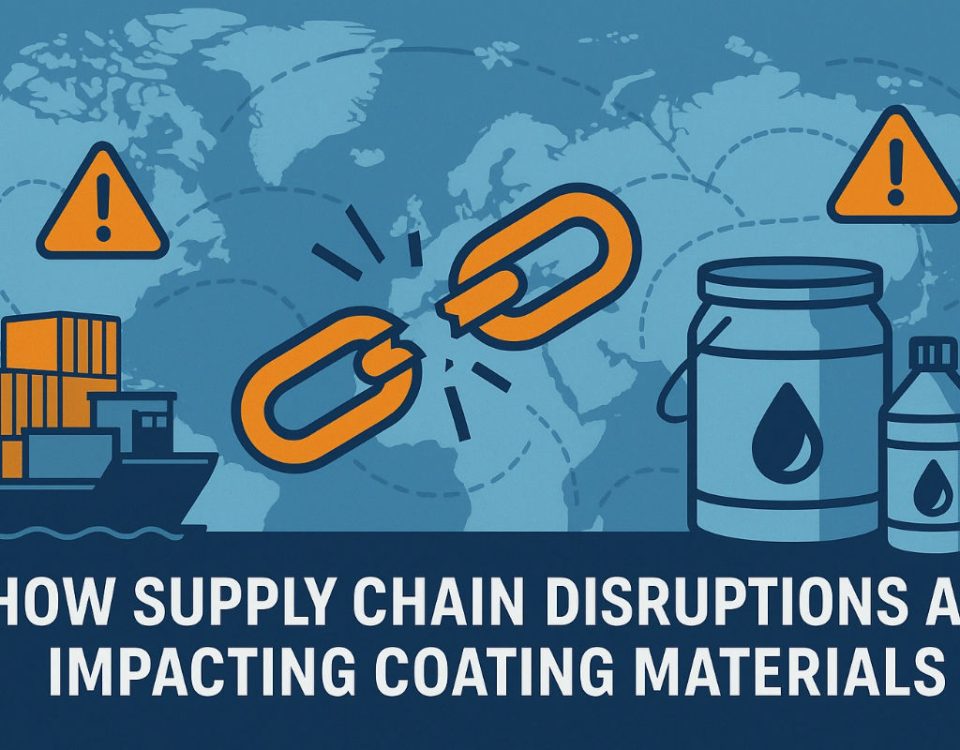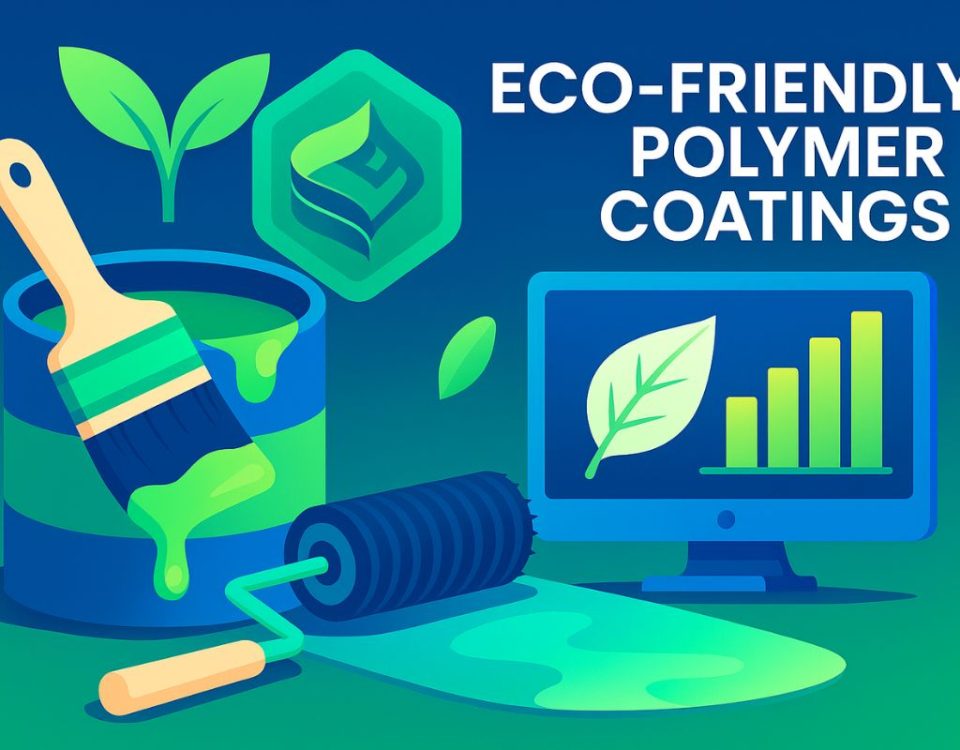
The Global Shift Toward Eco-friendly Polymer Coatings
13.05.2025
How Supply Chain Disruptions Are Impacting Coating Materials
16.05.2025
The global polymer coatings industry is at a pivotal point, where innovation, regulatory changes, and evolving market demands are merging to redefine the landscape. As businesses across sectors like construction, automotive, electronics, and industrial manufacturing seek materials that deliver both high performance and sustainability, coatings manufacturers are stepping up with smarter formulations, eco-friendly chemistries, and digitally driven technologies. Here's a closer look at the major trends that are setting the stage for polymer coatings, aiming to transform the market by 2025.
Sustainability and Low-VOC Formulations
Environmental considerations are now a driving force rather than a mere option. Manufacturers are increasingly focusing on developing low-VOC (volatile organic compound) and zero-emission polymer coatings that comply with stringent global standards such as REACH, EPA, and Green Seal.
Notable Examples:
- Waterborne epoxy and polyurethane coatings are replacing traditional solvent-based systems.
- Powder coatings are gaining popularity in sectors like appliances, furniture, and architecture.
- Bio-based resins derived from soy, cashew shell oil, or castor oil are being utilized.
Why It Matters:
The link between sustainability and brand value is growing stronger, influencing procurement choices and ensuring regulatory compliance, particularly in public and commercial projects.
Smart and Functional Coatings
The demand for advanced functionality is increasing, as today’s polymer coatings do more than protect — they react, adapt, and self-optimize.
Trending Technologies:
- Self-healing polymers that repair microcracks.
- Conductive and anti-static coatings for electronics and aerospace.
- Anti-microbial and self-cleaning surfaces for healthcare, food, and public spaces.
- Color-shifting or UV-reactive layers for aesthetic enhancement or safety cues.
Why It Matters:
Smart coatings are unlocking new applications in wearables, sensors, aerospace, cleanrooms, and beyond, expanding the market beyond traditional boundaries.
Customization and Hybrid Systems
The era of one-size-fits-all is over. Modern projects demand tailored coatings optimized for specific substrates, conditions, and performance criteria.
Examples of This Trend:
- Hybrid systems such as epoxy-acrylate, PU-acrylic, or silicone-polyester are being developed for specialized performance.
- Custom pigment packages align with aesthetic and brand requirements.
- Project-specific durability or UV tolerance is being designed based on regional climate or substrate needs.
Why It Matters:
Customization enables manufacturers to better serve niche applications — from medical devices to marine environments — and stand out in a competitive market.
Digital Tools and Formulation Optimization
Digitization is revolutionizing every facet of formulation, testing, and application processes.
Key Tools on the Rise:
- AI-driven formulation assistants that cut down lab time and enhance accuracy.
- Simulation software for predicting coating behavior on complex surfaces.
- Digital color matching and recipe generation tools.
- Cloud-based quality assurance tracking and certification traceability.
Why It Matters:
Speed, precision, and transparency provide a competitive edge while minimizing waste and trial-and-error costs, making digital innovations indispensable.
The COVID-19 pandemic, geopolitical tensions, and raw material shortages have prompted a reevaluation of sourcing strategies across the industry.
Emerging Responses:
- Localization of key resin and pigment production.
- Diversification of supply contracts.
- Strategic partnerships between formulators and logistics providers.
- Increased use of recycled or re-engineered feedstocks
Why It Matters:
A resilient and adaptable supply chain ensures consistent product availability and reduces risks for both manufacturers and end-users.
Looking Ahead
These interconnected trends — sustainability, smart functionality, customization, digitization, and supply chain resilience — are the driving forces behind the next generation of polymer coatings. Whether you're a formulator, applicator, or specifier, staying ahead of these shifts is crucial for building sustainable value and remaining competitive in this rapidly evolving market. As we approach 2025, these innovations and trends will undoubtedly shape the future of industrial coating, marking a significant era of growth and transformation in the polymer coatings industry.
Looking to stay competitive in the coating industry?
Discover how our advanced polymer systems can support your next project — from formulation to field performance.

